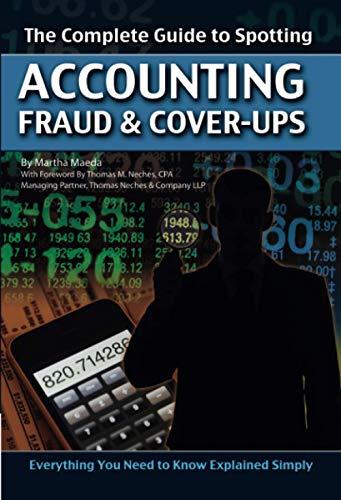Question
P515A Mumbai Sales Company engaged in the following transactions during September 2020, the first month of the companys operations. Assume the company had no inventory
P5–15A Mumbai Sales Company engaged in the following transactions during September 2020, the first month of the company’s operations. Assume the company had no inventory on hand prior to September 3 and a zero capital balance. Mumbai Sales Company has a periodic inventory system.
Sep. 3 Purchased inventory costing $7,000 on credit terms of 2/10, net eom. The goods were shipped FOB Mumbai’s warehouse.
9 Returned 20 percent of the inventory purchased on September 3. It was defective.
12 Sold goods for cash, $6,000 (cost, $3,000).
15 Purchased inventory of $15,400, less a $400 quantity discount. Credit terms were 2/15, n/30. The goods were shipped FOB the supplier’s warehouse.
16 Paid a $1,200 freight bill on the inventory purchased on September 15.
18 Sold inventory for $9,000 on credit terms of 2/10, n/30 (cost, $4,500).
22 Received merchandise returned from the customer from the September 18 sale, $2,000 (cost, $1,000). Merchandise was the wrong size.
24 Borrowed exactly enough money from the bank to pay for the September 15 purchase in time to take advantage of the discount offered. Signed a short-term note payable to the bank for the net amount.
24 Paid supplier for goods purchased on September 15, less all returns and discounts.
28 Received cash in full settlement of the account from the customer who purchased inventory on September 18, less the return on September 22 and less the discount.
29 Paid the amount owed on account from the purchase of September 3, less the September 9 return.
30 Purchased inventory for cash, $4,640, less a quantity discount of $140.
Required
Journalize the transactions and include any calculations in the journal entry explanations.
Refer to the Mumbai Sales Company journal entries in Requirement 1 to set up T-accounts, and post the journal entries to calculate the ending balances for the cost of goods sold equation accounts. Set up a T-account for M. Mumbai, Capital at this time.
Calculate cost of goods sold using an ending inventory value of $16,000.
Assume Mumbai Sales has two year-end adjusting entries: (a) accrue accounting expenses of $1,000, and (b) accrue a sale of $2,000 that was completed on September 30 but unrecorded. Record and post the adjusting entries and closing entries for Mumbai Sales Company.
Prepare the financial statements under the periodic inventory system. (Note: Include a multi-step income statement, a statement of owners’ equity, and a classified balance sheet.)
Refer to the Mumbai Sales Company journal entries in Requirement 1 above. Assume that the note payable signed on September 24 requires the payment of $250 interest expense. Was the decision to borrow funds to take advantage of the cash discount wise or unwise?
Compare the results of the Summary Problem on page 266 with this solution (periodic). What main differences do you notice?
A1 A2 A3 A4 B1
Journalizing, posting to T-accounts, year-end adjusting, preparing financial statements using the periodic inventory system, comparing to the perpetual system.
Problems (Group B)
Step by Step Solution
There are 3 Steps involved in it
Step: 1

Get Instant Access to Expert-Tailored Solutions
See step-by-step solutions with expert insights and AI powered tools for academic success
Step: 2

Step: 3

Ace Your Homework with AI
Get the answers you need in no time with our AI-driven, step-by-step assistance
Get Started


